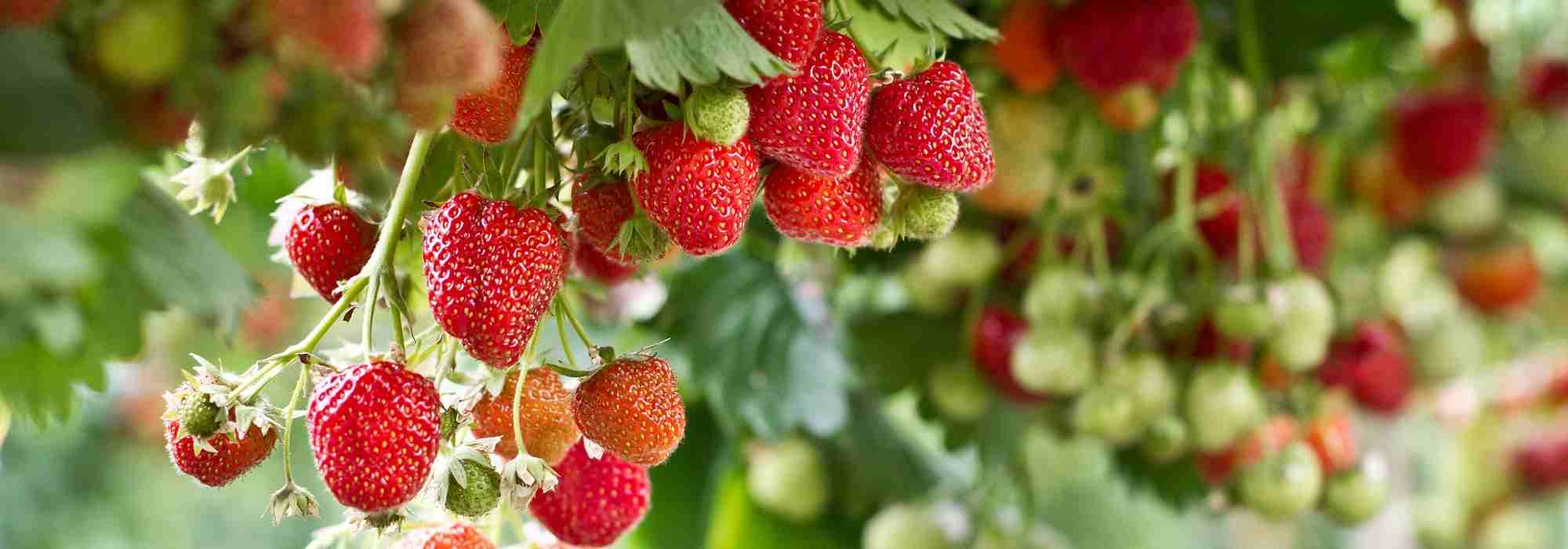
How to renew your strawberry patch?
For even more strawberries
Contents
Garden delights, strawberry plants are very popular in vegetable gardens. These small perennial plants nevertheless require quite a lot of care to meet expectations of amateur gardeners. Less productive after a few years, renewing your beds will be necessary to maintain a good harvest each spring. Discover all the right steps to renew your strawberry bed step by step.

Getting a good strawberry harvest requires renewing your strawberry bed
→ Discover our full guide: Strawberry plant: to plant, to grow, to maintain
Why renew a strawberry bed?
Strawberry plants, like most perennial plants (non-woody plants living for several years), tend over time to become progressively less productive and vigorous. They are also heavy feeders. Certain mineral elements preferentially absorbed by strawberry plants will become depleted. Soil will therefore be exhausted after three or four years of cultivation in the same spot.
For these reasons, it is preferable to relocate your strawberry patch (crop rotation) and replace young plants to give it a much-needed new lease of life.
Read also
Choosing strawberry plantsWhen to renew your strawberry bed?
- Seed sowing takes place between February and May;
- Stolon propagation is carried out from the second half of August, even in September in soil still warm. Strawberry plants will have time to properly establish their roots before severe cold. Regrowth in spring will be quicker and harvest better than spring planting;
- Planting young strawberry plants is mainly carried out in autumn, even in summer for professionals but remains possible in spring.
Discover our article: Strawberries: 3 reasons to plant them in autumn.
Discover other Strawberry plants
View all →Available in 2 sizes
Available in 0 sizes
Available in 2 sizes
Available in 1 sizes
Available in 2 sizes
Available in 2 sizes
Available in 0 sizes
Available in 1 sizes
Available in 0 sizes
Available in 1 sizes
How to renovate your strawberry patch?
You have four main ways to obtain brand-new young plants:
Sowing strawberries
This method is recommended only for patient gardeners! It will take two years before your young plants bear fruit. This technique is economical but, because of cross-pollination, you will not necessarily obtain the same variety.
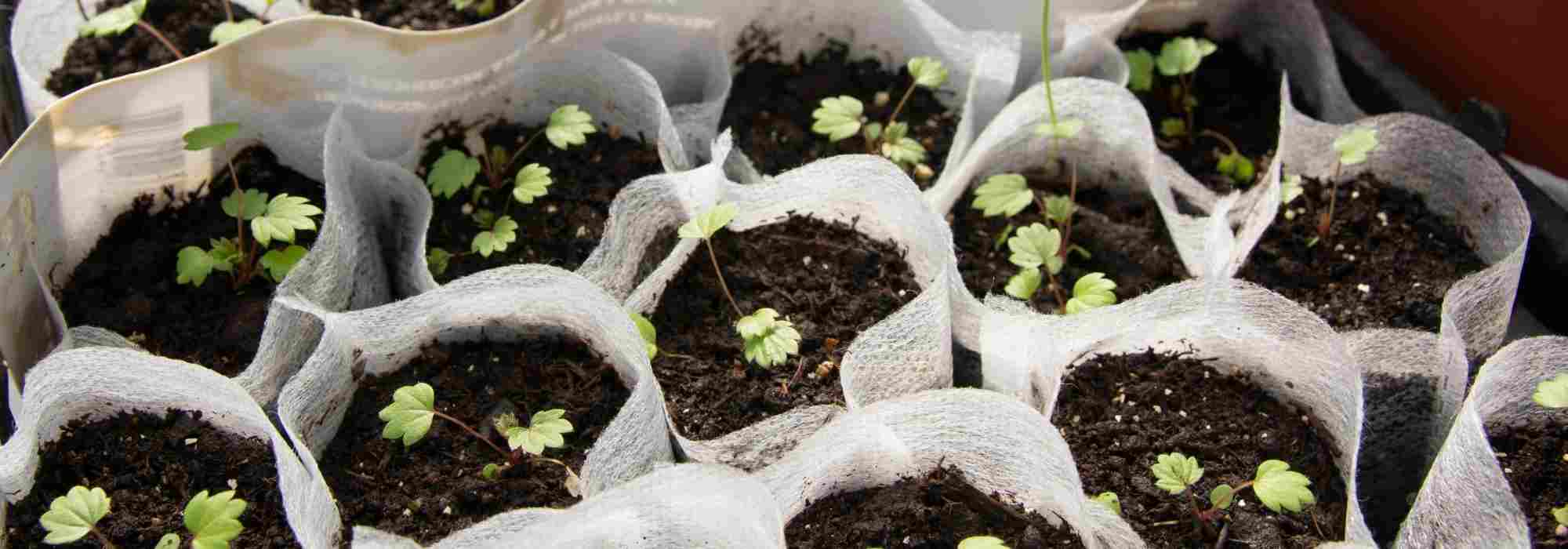
Very young strawberry seedlings from sowing
Find our strawberry seeds in our online shop.
Multiplying via stolons
This is a simple, free technique we heartily recommend if you have an old strawberry patch in the garden.
It involves pegging a stolon produced by the parent strawberry plant down into a bucket filled with potting compost using a metal peg. As soon as roots appear beneath the pot, 15 to 20 days later, you can cut the stolon and separate the new young plant obtained. Replant in open ground two to three weeks later in September. It is an excellent technique to preserve your variety if you particularly like it.
Note: if your bed can be extended, this layering operation can of course be carried out directly in open ground : your strawberry patch will simply be shifted.
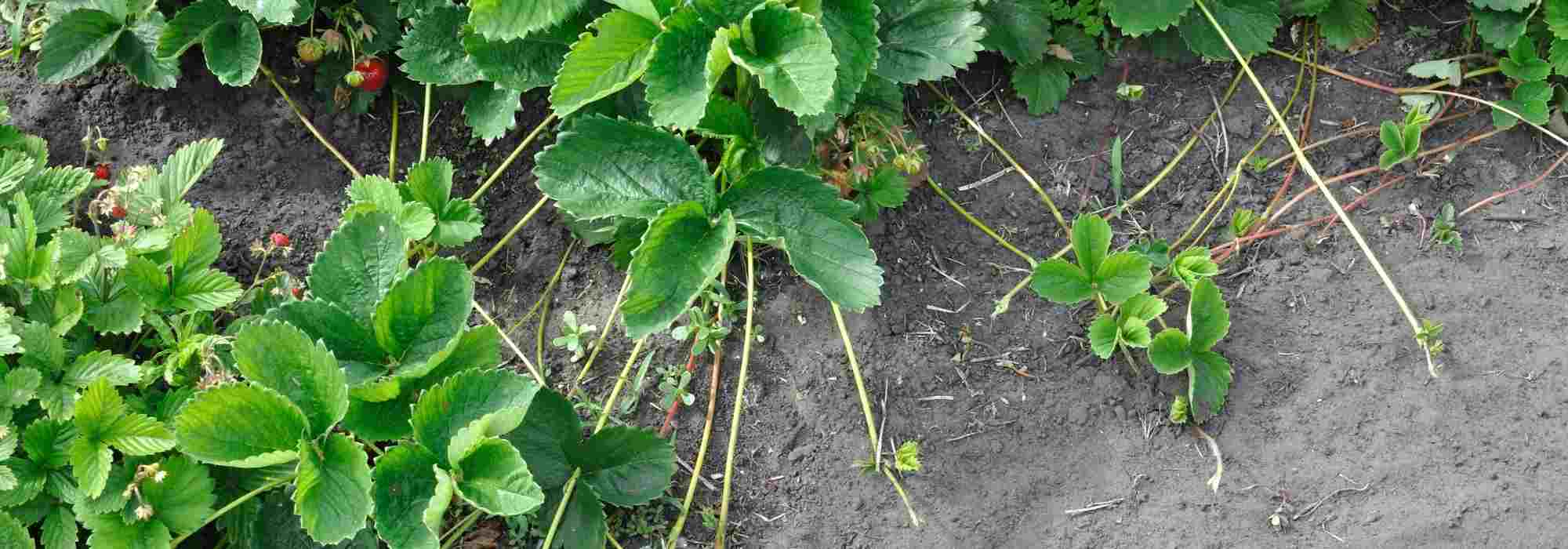
Strawberry stolons
Buying bare-root young plants
Better results are achieved in first year than with buying young plants in buckets. Bare-root young plants are rarely found in garden centres and are most often intended for professionals.
Discover how to plant bare-root strawberries.
Buying young plants in buckets
This solution is more expensive. Do not expect huge yields in first year as young plants will need several weeks before taking root properly. Moreover, they will suffer a shock when moved from indoors to outdoors.
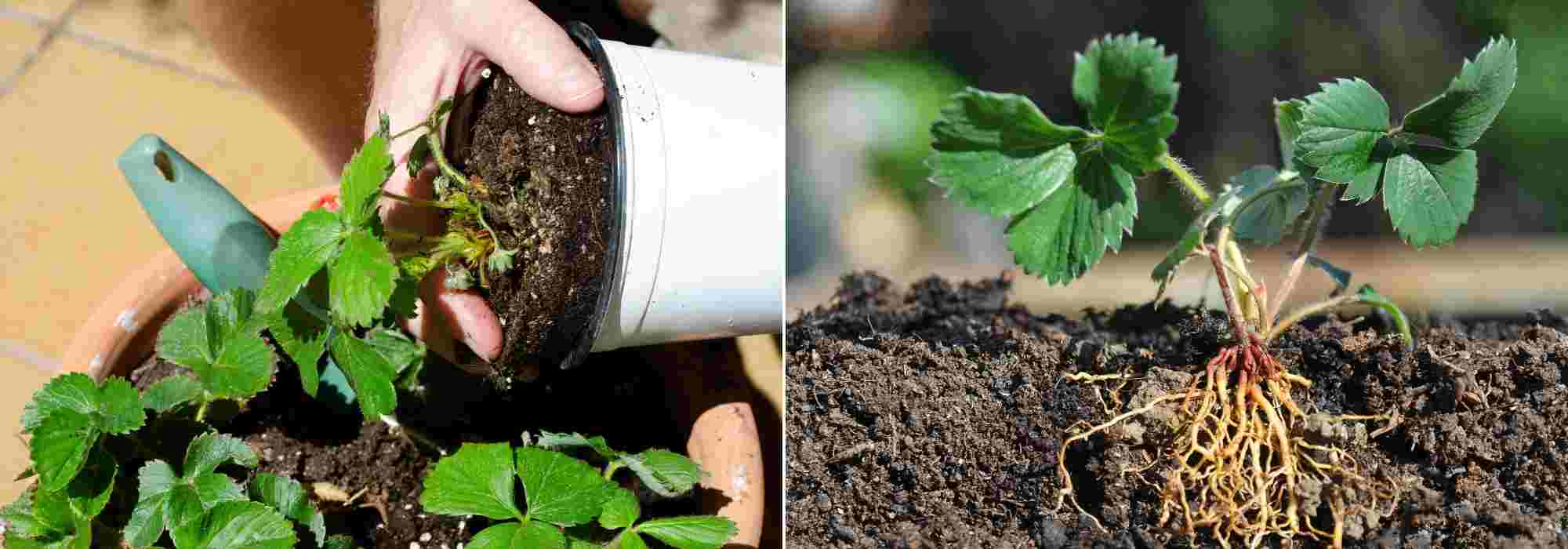
Read also
Planting bare root strawberriesPrepare the site and plant the new strawberry patch.
Before thinking about planting, it is important to prepare your soil a few days in advance.
Steps to prepare it :
-
Choose your location
Partial shade is a good choice (especially for wild strawberries) for planting them and avoiding sunscald during summer heatwaves. Strawberries also absolutely hate overly wet soil. If soil tends to retain too much water (hydromorphy), you will need to create small raised mounds to avoid any risk of root rot. A windrow helps drain soil in case of very heavy rain.
A good location would for example be a bed where white mustard was sown in March. After mowing it, plant your strawberry bed in September where that green manure was. Strawberries will appreciate the loose soil left by this catch crop.
Discover our advice sheet: Green manures: why and how to use them in the vegetable garden?
-
Amend and loosen your soil
First, loosen compacted soil deeply using a broadfork or a digging fork. This operation is easier to carry out at the end of summer when soil is not very wet.
The next step is to crumble the soil using a hand rake. This will make soil lighter and facilitate planting of your plants. If your soil is heavy, consider adding a little gravel to excavated soil when planting.
Strawberries are demanding plants when it comes to soil fertility: adding compost or well-rotted manure to incorporate with a cultivator (or simply placed on soil surface) is highly recommended to fertilise your soil before planting. Autumn is in fact the best time to spread compost on soil.
-
Plant your strawberries
Make sure not to plant strawberries too close together so they can develop fully: space plants 35 cm apart in all directions. Remember to allow for space taken by paths in addition to the strawberries when planning your layout!
As strawberries like good, loose, rich and slightly acidic garden soil, a mulch (BRF) will be beneficial. Mulch will also prevent fruit getting muddy during rain.
François’s tip: when planting, take a board to distribute your weight because trampling soil is never good for your fruit and vegetables.
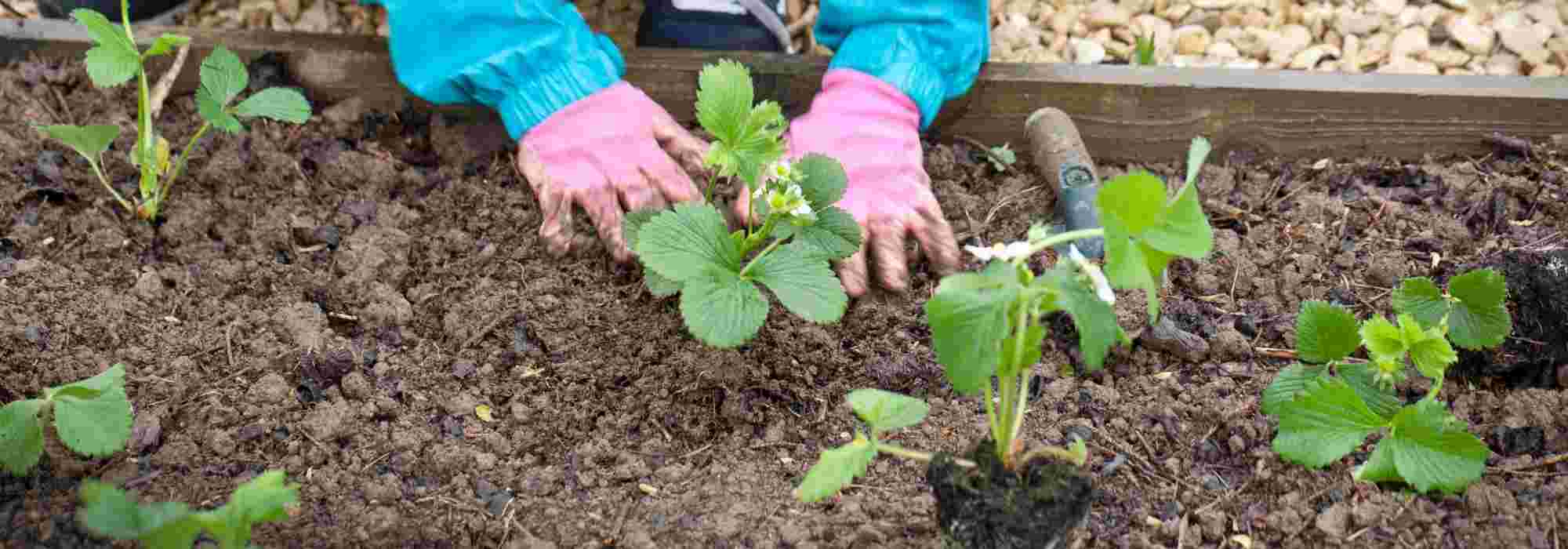
- Subscribe!
- Contents
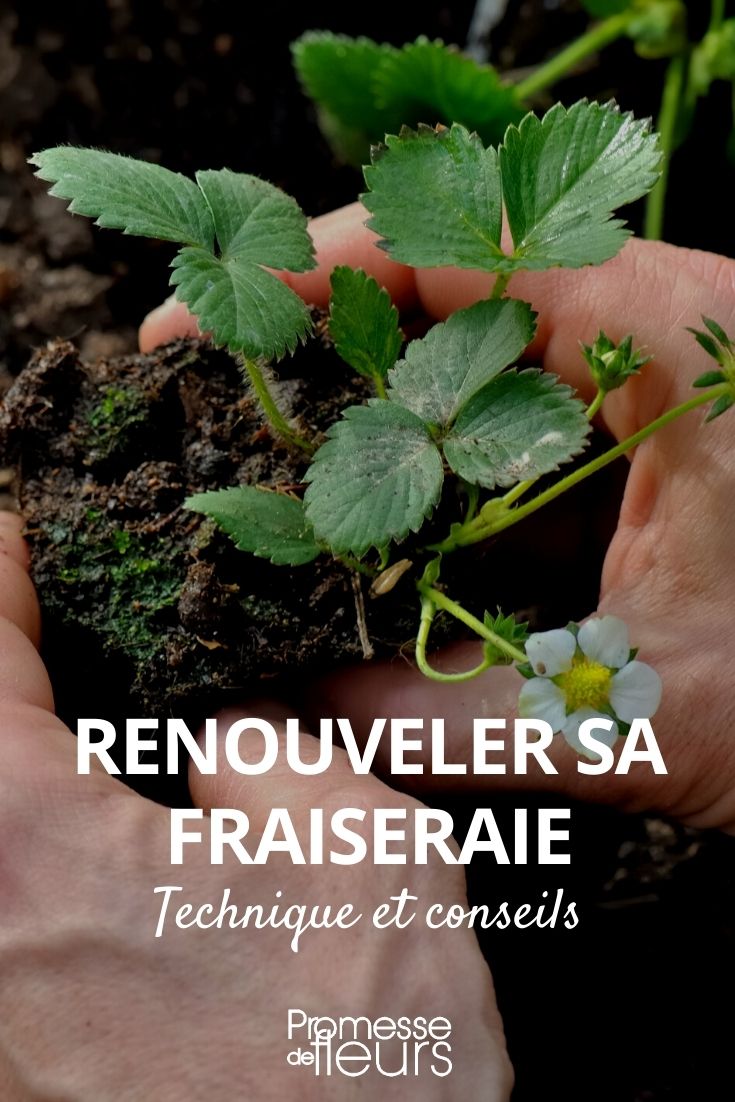































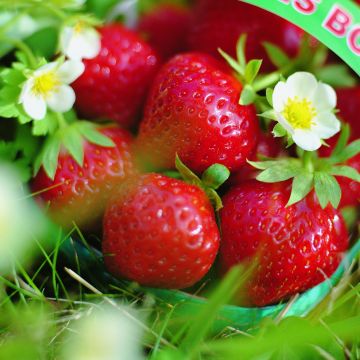
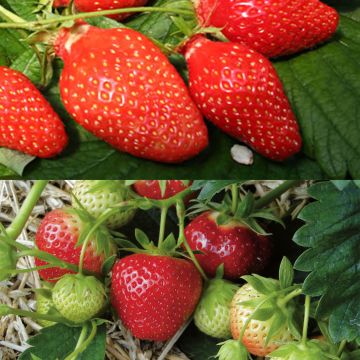
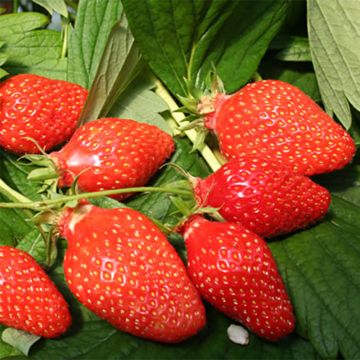

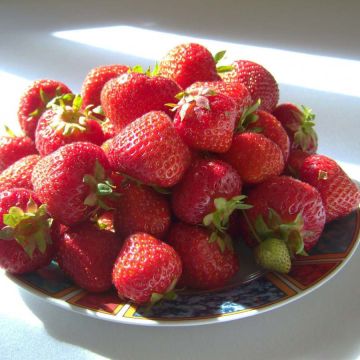
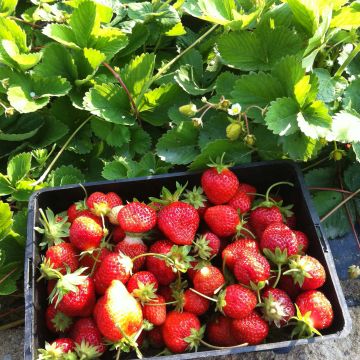
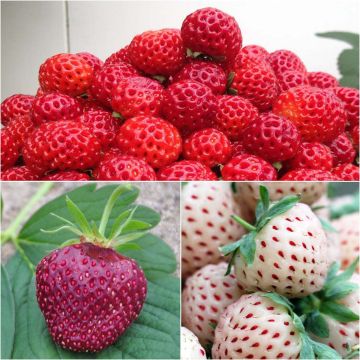
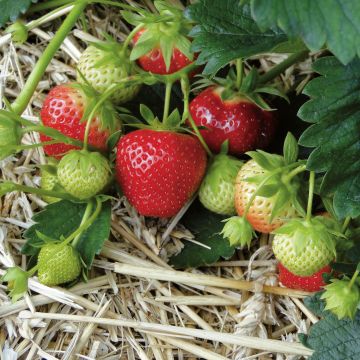

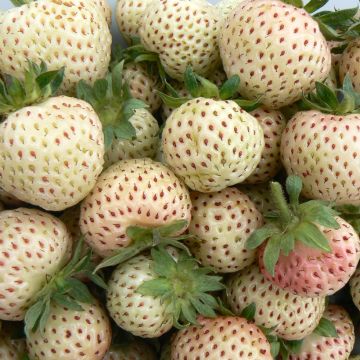
Comments